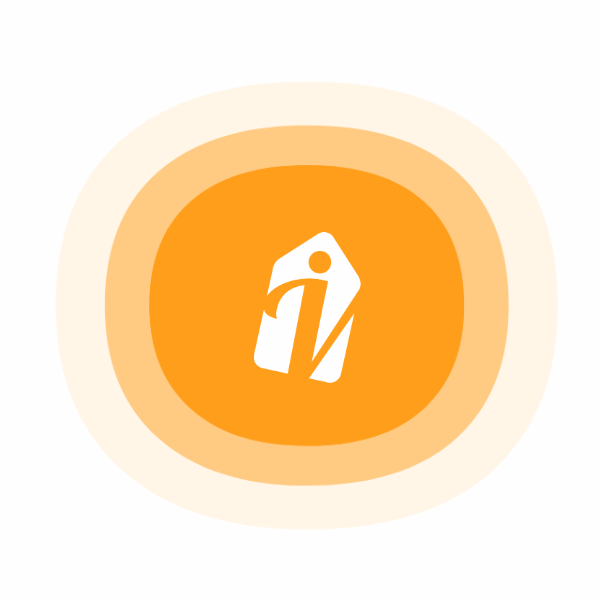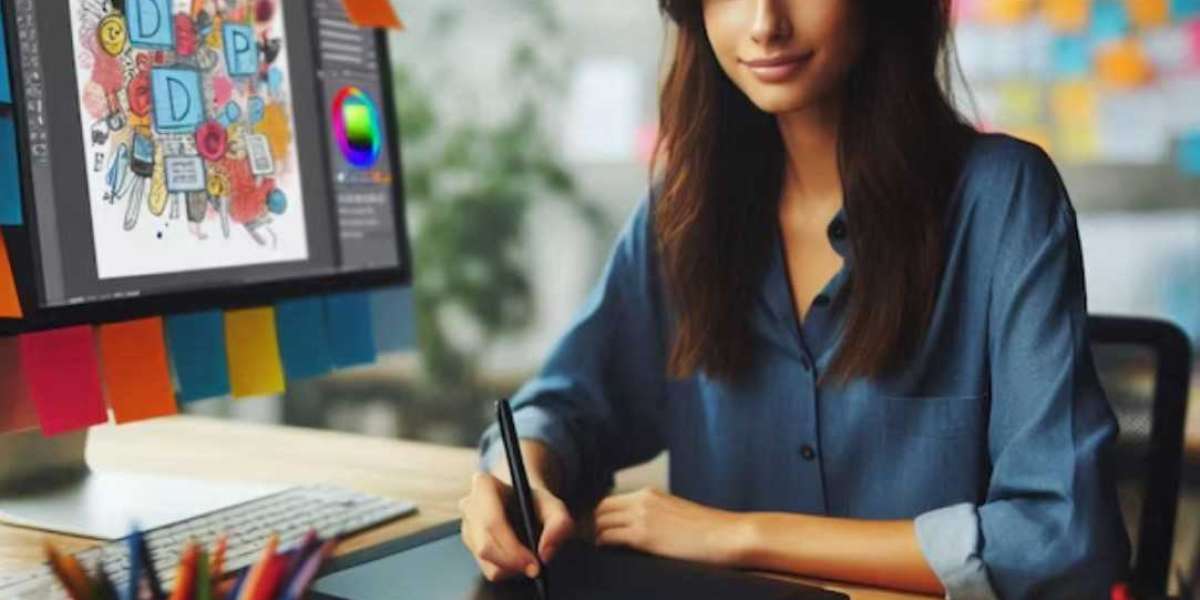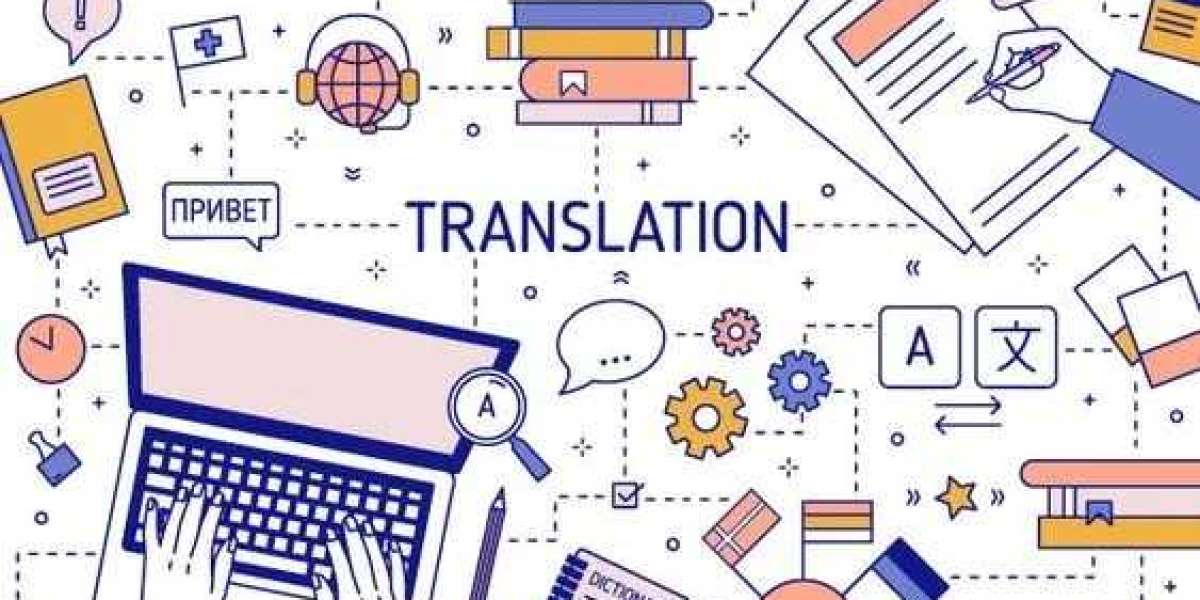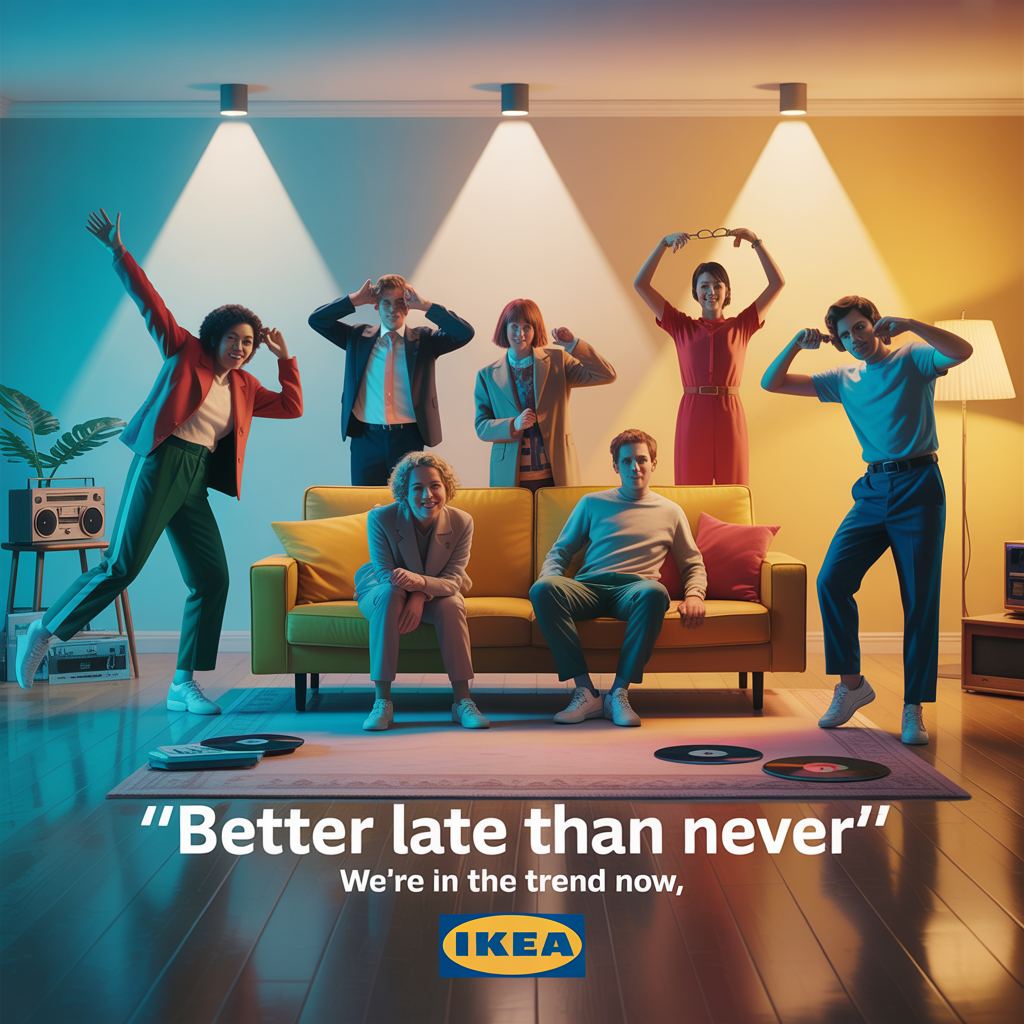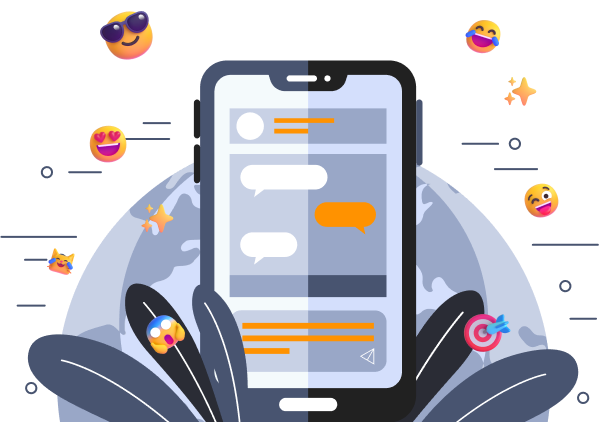Digitized embroidery isn’t just a craft—it’s a superpower. Whether you’re a hobbyist personalizing gifts, a small business building a brand, or an artist pushing boundaries, the ability to turn sketches into stitches opens up a universe of possibilities.
Picture this: You’ve just sketched a gorgeous floral pattern or a quirky cartoon character, and you’re itching to see it come alive on a denim jacket or a linen tote bag. But how do you bridge the gap between that paper sketch and the intricate, threaded masterpiece you’re imagining? Enter the world of digitized embroidery designs — a blend of art, tech, and a sprinkle of modern wizardry that turns your hand-drawn doodles into stitch-perfect designs. Let’s pull back the curtain on how this magic happens, why it’s revolutionized the embroidery game, and how you can harness it—even if you’re not a tech whiz.
Why Digitizing is the Secret Sauce
Back in the day, embroidering a design meant hours of painstaking hand-stitching or relying on clunky machines that required manual input for every tiny detail. Today, digitized embroidery flips the script. Instead of treating fabric like a blank canvas, you’re coding a roadmap for your embroidery machine. Think of it like giving GPS directions to a robot tailor: “Start here, make a satin stitch curve, switch to red thread, then fill this section with tight zigzags.” The result? Precision, consistency, and the ability to replicate designs flawlessly—whether you’re making one custom patch or a thousand branded polos.
But here’s the kicker: Digitizing isn’t just about convenience. It unlocks creativity. Suddenly, gradients, shadows, and even photorealistic portraits become possible with thread. A well-digitized design accounts for fabric type, thread tension, and stitch density, so your artwork doesn’t end up puckered, frayed, or looking like a toddler’s glue-stick project.
The Journey: How Your Sketch Becomes Stitches
So, how does your sketch go from paper to pixel to thread? Let’s break it down:
- Scan or Snap: Start by digitizing your sketch. Use a scanner or your smartphone (just make sure the image is crisp and well-lit). Pro tip: Place your sketch on a white background and avoid shadows—unless you want your embroidery machine to think those shadows are part of the design.
- Clean Up the Image: Open your scanned sketch in a basic editing tool like Photoshop, Canva, or even free apps like GIMP. Boost contrast, erase stray pencil marks, and simplify complex lines. Remember, embroidery thrives on bold shapes, not watercolor-like washes.
- Choose Your Software: This is where the magic happens. Tools like Wilcom, Hatch Embroidery, or even free options like Ink/Stitch (a plugin for Inkscape) let you trace your sketch and assign stitch types. If you’re outsourcing, services like The Digitizing Boutique or Absolute Digitizing handle this step for you.
- Map the Stitches: Here’s where art meets algorithm. Using your software, trace over key lines and designate stitch styles:
- Satin stitches: Smooth, shiny borders perfect for outlines or text.
- Fill stitches: Dense, textured areas that cover large spaces (like the petals of a flower).
- Running stitches: Delicate details or underlay stitches that stabilize the fabric.
Adjust stitch direction (horizontal, vertical, diagonal) to add depth and prevent fabric distortion. - Test and Tweak: Never skip the dress rehearsal. Run a simulation in your software to spot gaps or overlapping stitches. Then, stitch a test run on scrap fabric. Notice puckering? Reduce stitch density. Thread breaking? Check tension settings.
- Send to the Machine: Once your digital file (usually a DST, EXP, or PES format) is polished, load it into your embroidery machine. Hoop your fabric, thread the needles, and hit go. Sit back and watch your sketch transform into threaded art.
Tools of the Trade: What You’ll Need
You don’t need a Hollywood budget to dive into digitized embroidery. Here’s the lowdown:
Software:
- Hatch Embroidery: Great for beginners, with tutorials and auto-digitizing features.
- Ink/Stitch: Free and open-source, ideal for DIYers on a budget.
- Wilcom: The industry standard for pros, with advanced tools for complex designs.
- Hardware: A decent home embroidery machine (Brother and Janome are fan favorites) and a scanner or smartphone.
- Consumables: High-quality thread, stabilizers (think of these as scaffolding for your fabric), and needles suited to your material.
Common Pitfalls (And How to Dodge Them)
Even seasoned pros hit snags. Here’s how to avoid the big ones:
- Overcomplicating Designs: Tiny details might look great on paper but turn into a tangled mess in thread. Simplify intricate elements and use negative space strategically.
- Ignoring Fabric Type: Embroidering stretchy jersey? You’ll need a different stabilizer and stitch density than for sturdy denim. Always test on similar fabric first.
- Skipping the Underlay: This base layer of stitches keeps your fabric from warping. No underlay = a wobbly, distorted design.
- Rushing the Digitizing Phase: A rushed digitizing job is like building a house without a blueprint. Take time to map stitches thoughtfully.
Why Go Digital? The Perks You Can’t Ignore
Still on the fence? Here’s why digitizing is a game-changer:
- Scalability: Once digitized, your design can be resized without quality loss. Stitch it on a baby onesie or a billboard-sized banner.
- Consistency: Perfect for branding. Every logo, patch, or uniform will look identical.
- Creativity Unlocked: Play with 3D puff stitches, metallic threads, or gradients that hand-stitching could never nail.
- Speed: Machines stitch faster than human hands. What took days now takes hours.
DIY vs. Outsourcing: What’s Right for You?
If you’re a control freak with time to burn, DIY digitizing might be your jam. But if terms like “stitch density” and “underlay” make your eyes glaze over, outsourcing is your friend. Platforms like Fiverr or Etsy connect you with digitizers who turn your sketch into a machine-ready file for as little as $10. For high-stakes projects (like a company logo), invest in pro services like Eagle Digitizing for flawless results.
The Future: Where Tech Meets Thread
The digitizing world isn’t standing still. Imagine AI-powered software that auto-corrects stitch paths, or AR apps that let you preview designs on fabric through your phone. Some innovators are even experimenting with biodegradable smart threads that change color via app control. The future? It’s bright, bold, and threaded.
Ready to Stitch Your Story?
Digitized embroidery isn’t just a craft—it’s a superpower. Whether you’re a hobbyist personalizing gifts, a small business building a brand, or an artist pushing boundaries, the ability to turn sketches into stitches opens up a universe of possibilities. Sure, there’s a learning curve, but every misstitch is just a step toward mastery.
So, dust off that sketchbook, fire up some software (or outsource to a pro), and take the leap. Your designs deserve more than a life on paper. Let them dance in thread, one perfect stitch at a time.
Now, go make some magic.
